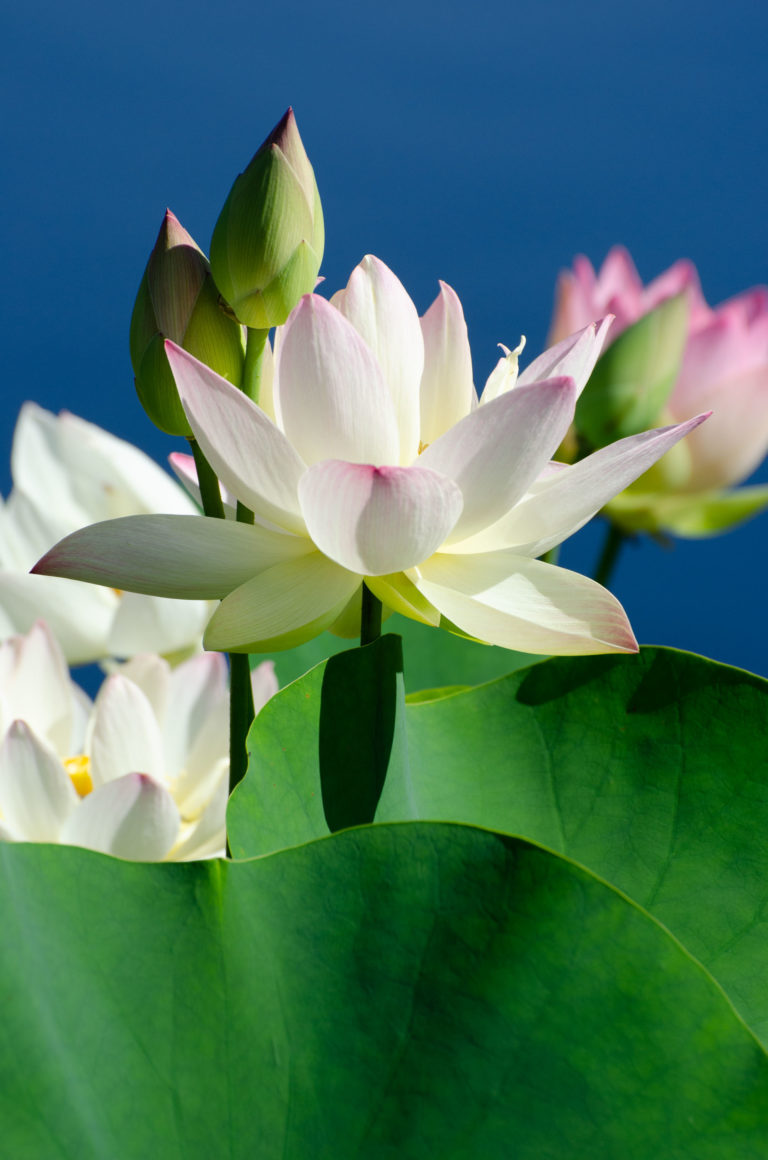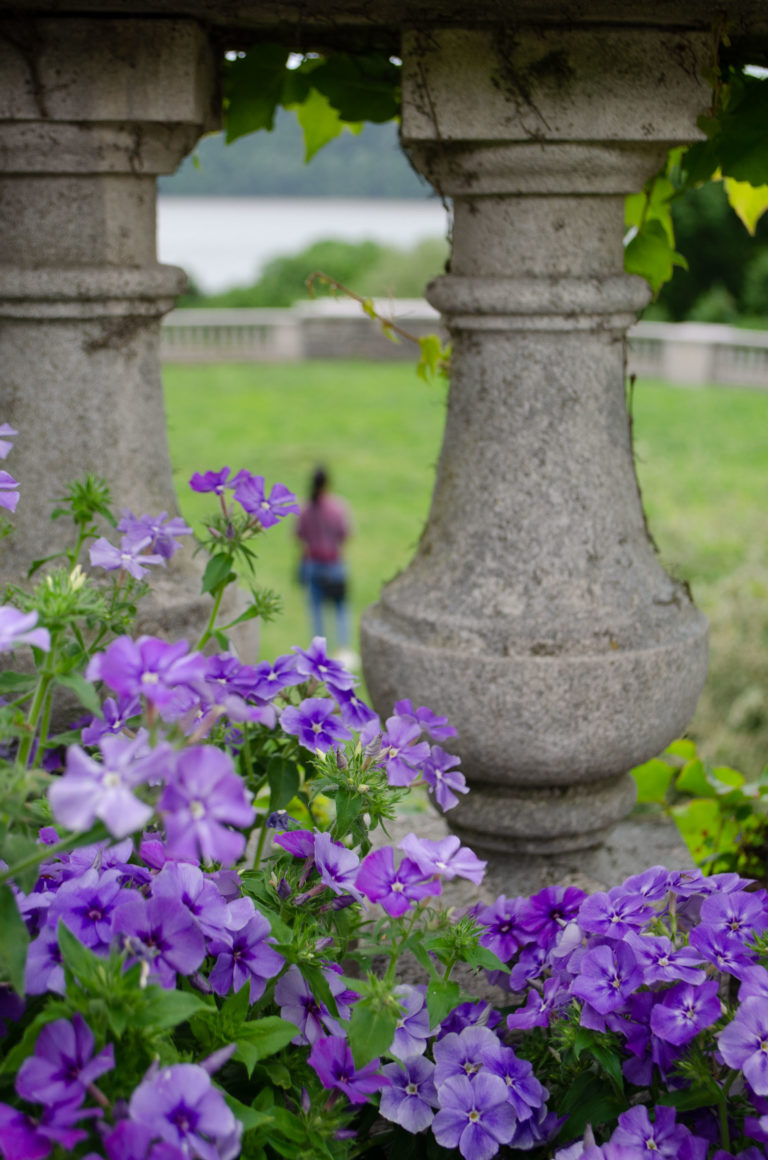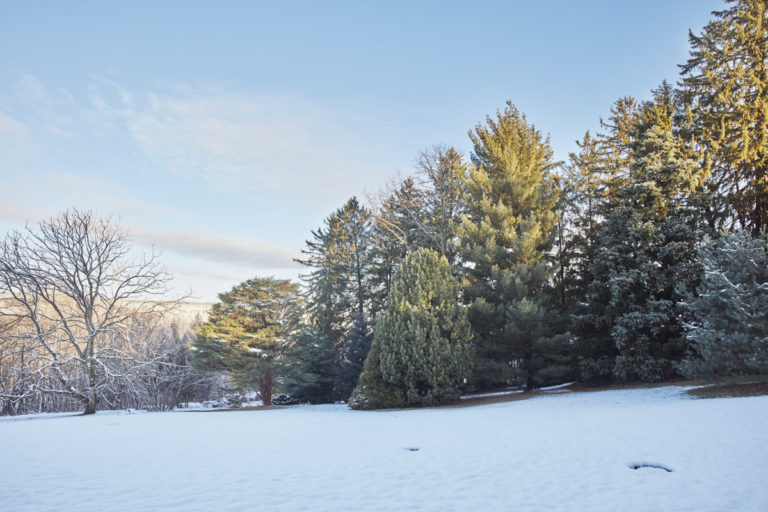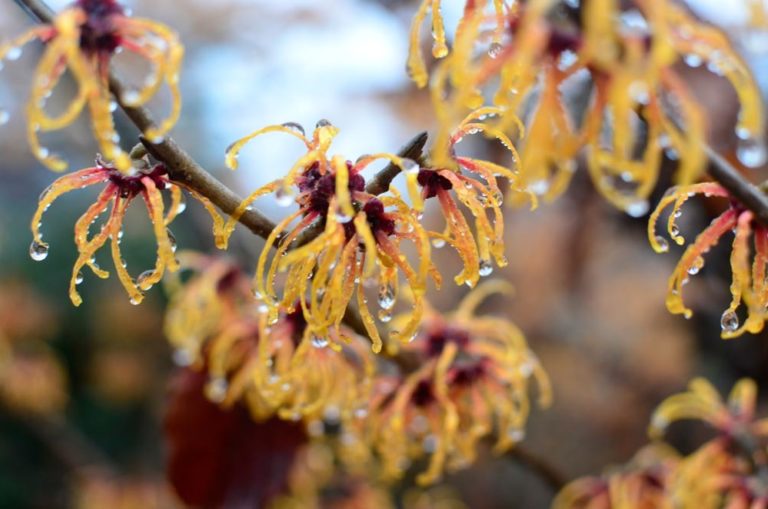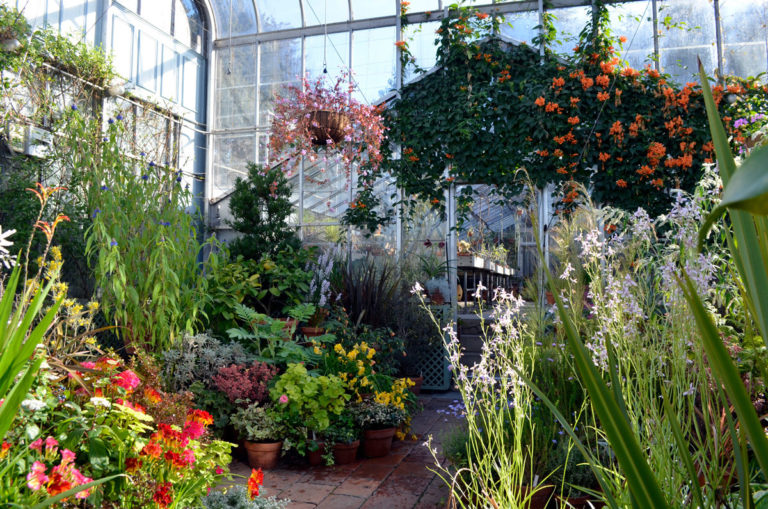
South African Bulbs in the Palm House
February 6, 2020The Wave Hill Palm House in February is filled with the colors, scents and fresh foliage of winter-blooming plants. Even the air feels soft and inviting, and stepping in from outside is almost certain to result in a gentle sigh.
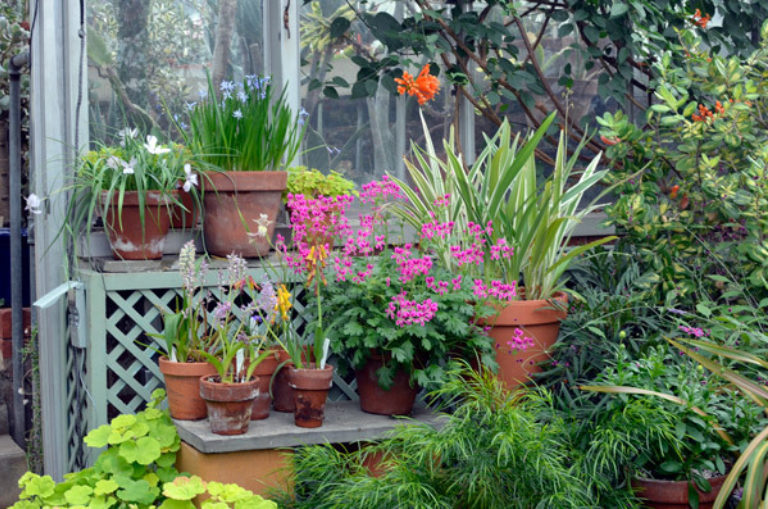
Located in the central section of the Marco Polo Stufano Conservatory, the Palm House is home to plants from the milder regions of the world, including many from the Southern Hemisphere. Nestled among the larger plants is an ever-changing display of flowering South African bulbs, many of them perched on the window sills, or on a small table, so that they are not lost under the adjacent foliage.
Most of them come from the Western Cape of South Africa where summers are so hot and dry that plant life takes a rest. The winter months bring rain and cooler—but not freezing—temperatures and are much more conducive to plant growth.
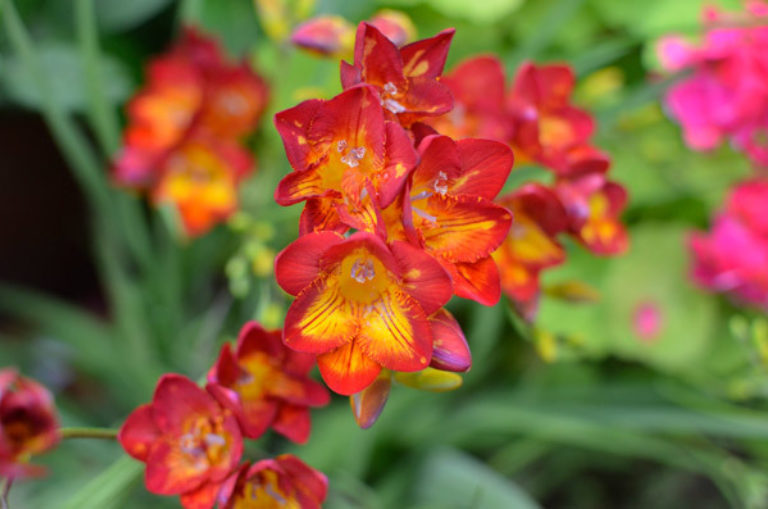
Our collection of South African bulbs spends the summer behind the scenes in our propagation greenhouse, often tucked under the benches where they rest, in their pots, completely dry and dormant until fall.
As the days get shorter and the nights turn cooler, new green foliage emerges, prompting our gardeners to place the pots out on the greenhouse benches and to begin watering them. Flower stalks appear over the following weeks and blooming occurs at various times throughout the winter, depending on the species.
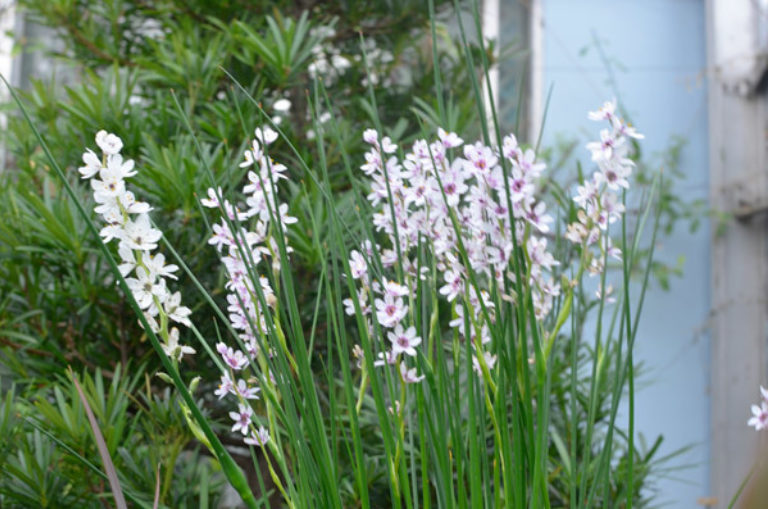
As each bulb is about to bloom, it is put on display in the Palm House. Plants such as Wurmbea stricta demonstrate how attractive they can be. It has narrow, needle-like leaves and spikes of tiny, white flowers with pink centers. It is a member of the colchicum family (Colchicaceae) and related to the more familiar autumn crocus (Colchicum speciosum), seen out in the garden in early fall.
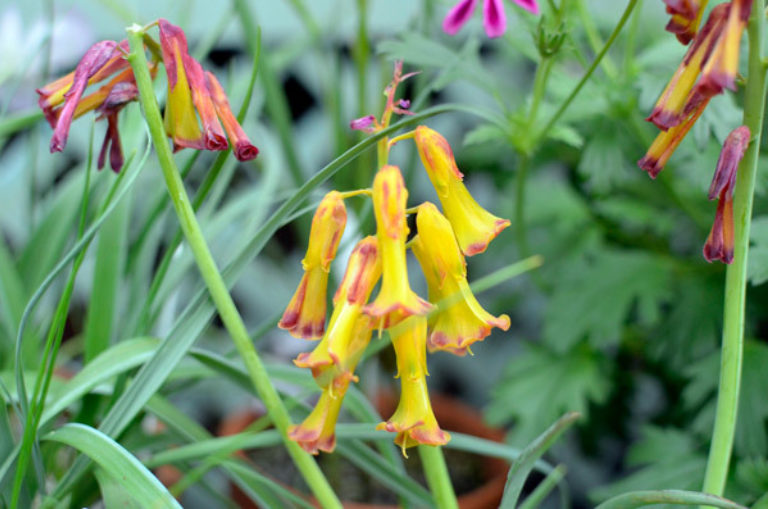
Other delights include the so-called Cape cowslips (Lachenalia spp.). They are more akin to their cousins the hyacinths (Hyacinthus spp.) than the true cowslip, a type of primrose (Primula veris), but some species do indeed have primrose-yellow blooms. Lachenalia aloides var. quadricolor (above right) has glowing multicolor flowers and those of Lachenalia pustulata are in shades of lilac.
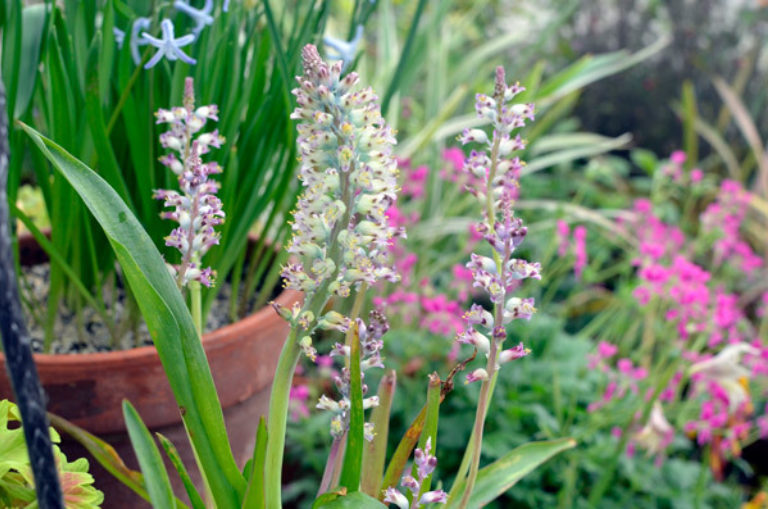
Freesias, well known for their scent and their use in florists’ arrangements, are originally native to South Africa. Many have been bred for specific characteristics, such as Freesia ‘Single Bicolor’, which has lovely yellow and dark-red flowers, but some, like the charming Freesia leichtlinii subsp. alba, are exactly as encountered in the wild. It has pure-white blooms, with pale-yellow centers.
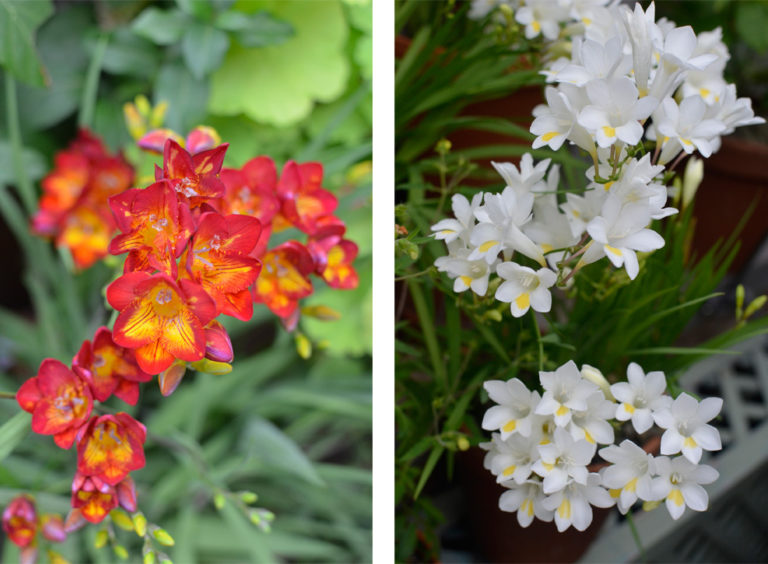
Once they have finished blooming, plants are returned to the propagation house, where they complete their annual cycle. The foliage starts to turn yellow and the bulbs turn dormant again before the onset of summer.
At this point in the winter, though, many more plants are awaiting their time to go out on display, such as this group of Veltheimia bracteata (forest lily)—leafy plants with spikes of pink flower clusters in late winter.
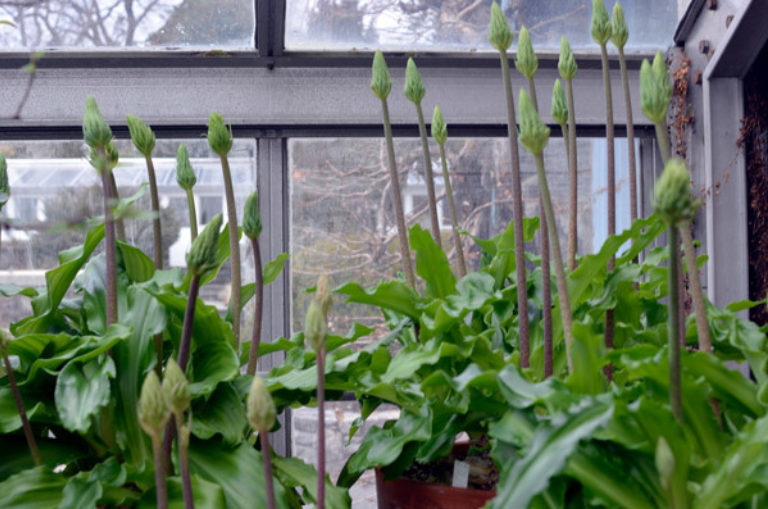
There is good reason to be a little confused about winter-blooming plants from the Southern Hemisphere. It could be thought that they bloom in winter here because the seasons are opposite, but plants do not work by calendar date. They operate on environmental cues, such as temperature and hours of sunlight—plants are amazingly adept at measuring day-length. They know it is winter and that it is their time to grow and flower. What they don’t know is how lucky they are to be in the greenhouse and not exposed to the frigid weather outside.
By Charles Day, Wave Hill's Ruth Rea Howell Senior Horticultural Interpreter
